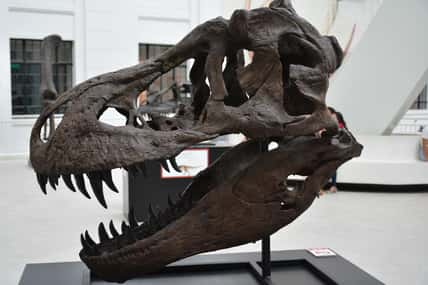A Mystery Surrounding The Sun’s Outer Atmosphere Has Finally Been Solved With Data Collected By NASA

Scientists have wondered for decades why the sun’s outer atmosphere, known as the corona, heats up the farther away it gets from the surface of the sun.
Now, thanks to data collected by NASA’s Parker Solar Probe, an explanation has finally been narrowed down.
The probe was launched in 2018 with the mission of swooping within four million miles of the sun’s surface to make observations of the corona.
The corona is a hundred times hotter than the sun’s surface, or the photosphere, despite being farther away from the source of heat at the sun’s core.
Even though the photosphere is cooler than the corona, it is responsible for the light that emanates from the sun.
To study the corona, the Parker Solar probe must brave temperatures of around 2,500 degrees Fahrenheit, facing heat and radiation that no other spacecraft has ever experienced.
During the probe’s first encounters with the sun, it detected S-shaped bends in the sun’s magnetic field, which scientists named “switchbacks” due to how they caused abrupt reversals in the direction of the magnetic field.
It was suspected that the switchbacks release magnetic energy as they travel through space, eventually straightening out.
“That energy has to go somewhere, and it could be contributing to heating the corona and accelerating the solar wind,” said Mojtaba Akhavan-Tafti, a co-author of the study and an assistant research scientist for climate and space sciences and engineering at the University of Michigan.

The researchers needed to learn where the switchbacks formed, as that is crucial to understanding their influence on the corona’s temperature.
After analyzing data from over a dozen laps that the probe has made around the sun, Akhavan-Tafti and his team discovered that the S-shaped bends are common in the solar wind near the sun. But, they are nowhere to be found inside the corona.
The finding suggests that the switchbacks do not begin at the sun’s surface. Previously, some scientists thought switchbacks could’ve been formed by the collision of magnetic fields at the surface of the sun.
However, that would mean they would be a common occurrence in the corona, which the study’s results have proven to be untrue. So, this hypothesis has since been ruled out.
According to Akhavan-Tafti, magnetic collisions could still play a role in the development of switchbacks and the heating of the corona.
During explosive collisions of magnetic fields at the sun’s surface, the magnetic fields vibrate like plucked guitar strings and send waves into space.
At the same time, accelerated streams of plasma are created in the solar wind, distorting magnetic waves into switchbacks in the solar wind.
If some of those waves expend all their energy before exiting the sun and becoming switchbacks, they could contribute to heating the corona.
The research has strengthened scientists’ understanding of the sun. With the help of new data, they may eventually be able to predict and detect solar storms.
The study was published in The Astrophysical Journal Letters.
Sign up for Chip Chick’s newsletter and get stories like this delivered to your inbox.












